Astronomy
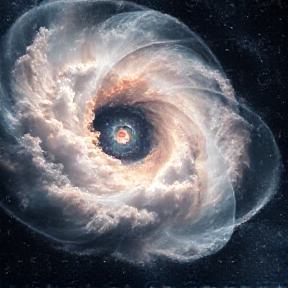
NASA’s Hubble Reveals Largest Found Chaotic Birthplace of Planets
NASA’s Hubble Reveals Largest Found Chaotic Birthplace of Planets Hubble Space Telescope has imaged the largest protoplanetary disk ever observed circling a young star, IRAS 23077+6707, which spans nearly 400 billion miles – 40 times the diameter of our solar system. The disk is unexpectedly chaotic and turbulent, with wisps of material stretching much farther […]
🔬 Science
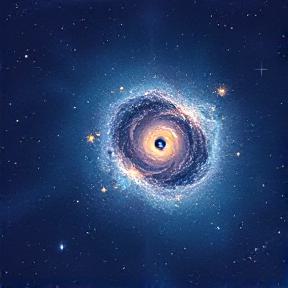
NASA’s Chandra Finds Small Galaxies May Buck the Black Hole Trend
NASA’s Chandra Finds Small Galaxies May Buck the Black Hole Trend NASA’s Chandra X-ray Observatory has found that smaller galaxies do not contain supermassive black holes nearly as often as larger galaxies, contradicting a common idea. A study of over 1,600 galaxies collected in more than two decades of Chandra data suggests that only about […]
🔬 Science
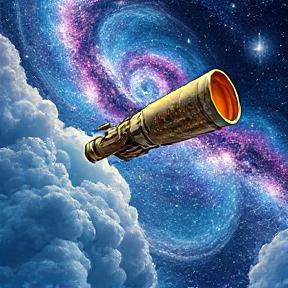
NASA Announces Plan to Map Milky Way With Roman Space Telescope
NASA Announces Plan to Map Milky Way With Roman Space Telescope NASA’s Nancy Grace Roman Space Telescope will conduct a Galactic Plane Survey to map the Milky Way galaxy in unprecedented detail, revealing tens of billions of stars and exploring previously uncharted structures. The survey will cover nearly 700 square degrees of the galaxy’s disk-shaped […]
🔬 Science

A Rare Gourd
A Rare Gourd NASA’s Hubble Space Telescope captured an image of the Calabash Nebula, showing the death of a low-mass star. The star is undergoing a rapid transformation from a red giant to a planetary nebula, expelling its outer layers into space. The ejected material is moving at incredible speeds, with gas shown in yellow […]
🔬 Science
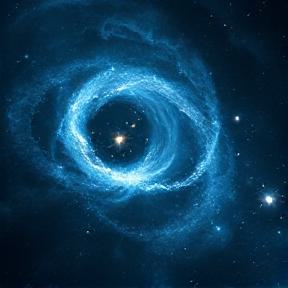
When darkness shines: How dark stars could illuminate the early universe
When darkness shines: How dark stars could illuminate the early universe Scientists using NASA’s James Webb Space Telescope have discovered three potential dark star candidates, which could alter our understanding of how ordinary stars form. Dark stars are not exactly stars and are thought to be powered by a mysterious substance called dark matter, which […]
🔬 Science
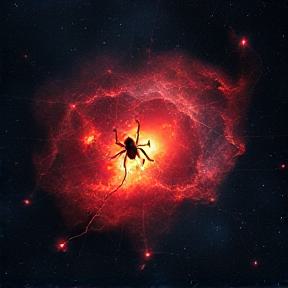
Red Spider Nebula
Red Spider Nebula The James Webb Space Telescope has captured new details of the Red Spider Nebula, a planetary nebula. The image reveals the full extent of the nebula’s outstretched lobes, which form the ‘legs’ of the spider and are traced by light emitted from H2 molecules. The lobes are shown to be closed, bubble-like […]
🔬 Science
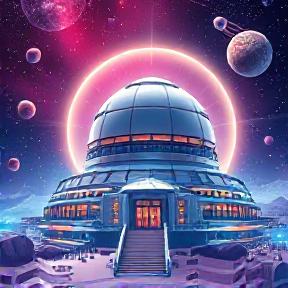
NASA’s Roman Observatory Passes Spate of Key Tests
NASA’s Roman Observatory Passes Spate of Key Tests NASA’s Roman Observatory has passed several critical tests, including a shake test, acoustic testing, and thermal vacuum testing, to ensure its successful launch. The outer portion of the observatory, which includes the telescope, instrument carrier, and solar panels, underwent vibration and acoustic testing to replicate the rocket […]
🔬 Science
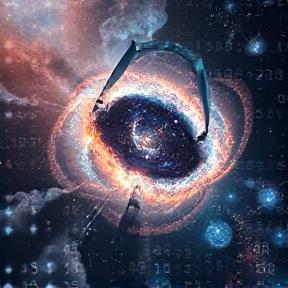
Hubble Seeks Clusters in ‘Lost Galaxy’
Hubble Seeks Clusters in ‘Lost Galaxy’ Hubble Space Telescope has released a new image of the “Lost Galaxy” NGC 4535, which is located 50 million light-years away in the constellation Virgo. The galaxy features young star clusters and H II regions, which are signs of massive stars that have recently formed and are heating up […]
🔬 Science
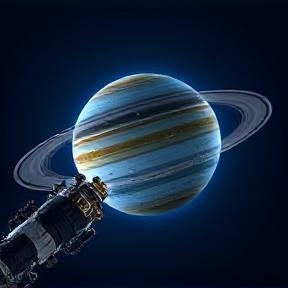
Europa Clipper Captures Uranus With Star Tracker Camera
Europa Clipper Captures Uranus With Star Tracker Camera Europa Clipper, a NASA spacecraft, captured an image of Uranus on November 5, 2025, while testing its star-tracking camera. The spacecraft was about 2 billion miles away from Uranus at the time of the capture, and is currently en route to the Jupiter system to study the […]
🔬 Science

Beyond the habitable zone: Exoplanet atmospheres are the next clue to finding life on planets orbiting distant stars
Beyond the habitable zone: Exoplanet atmospheres are the next clue to finding life on planets orbiting distant stars Astronomers are searching for signs of life on exoplanets beyond the habitable zone by studying their atmospheres, which can provide clues about whether liquid water and life exist. The habitable zone marks the region between a star’s […]
🔬 Science
